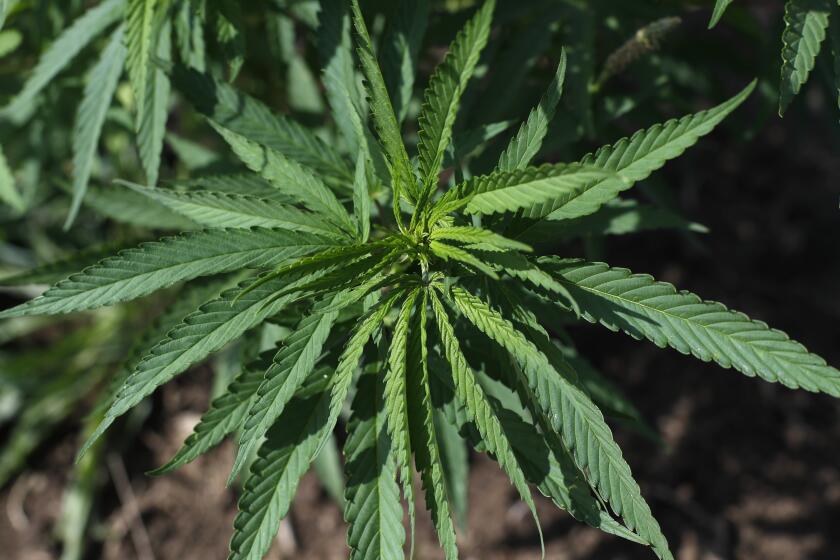Anti-Drug Pitch Goes Wide
When Congress launched the National Youth Anti-Drug Media Campaign five years ago, it explicitly tied future funding to hard evidence of success.
Today, there is anything but that. Teenagers are increasingly using the illicit drugs the campaign has most often railed against, according to a recently released, congressionally mandated study. The Pride Survey found that from 2001 to 2002, for instance, marijuana use was up among all grades studied (sixth through 12th) except for the 10th grade, which showed a 0.1% decline. Marijuana use nearly doubled, from 2.9% to 5.2%, among sixth-graders and rose from 7.2% to 10.2% among eighth-graders.
Congress should at least cast a skeptical eye on the Bush administration’s request to expand the media campaign with $170 million in funding next year, $20 million more than it received last year.
The media campaign’s concerns have often been legitimate. It is quite reasonably trying to reach the one in six high school seniors in the United States who report driving under the influence of pot, more than half of whom say, alarmingly, that being stoned does not compromise their driving ability.
However, the way in which the campaign has tried to get its messages across is stodgy and unlikely to connect with kids. “There has always been a lot of talk about drunk driving, but another problem is Drugged Driving,” one new ad reads. “Just like alcohol, if you are driving under the influence of drugs, your response times are slow and you could be distracted. Have you ever been in a car where someone wanted to drive drugged? What did you do? What would you do?”
Drug czar John P. Walters has mismanaged the media campaign in other ways -- using taxpayer dollars to directly attack state medical marijuana programs and ballot initiatives, for instance.
This spring, Walters boasted to Congress about a study conducted by the Partnership for a Drug-Free America (which, in a blatant conflict of interest, helps produce the campaign’s ads). The “good news,” he said, was the study’s conclusion that “40% of teens said that anti-drug advertising made them less likely to try or use drugs.”
A more independent study released by the University of Pennsylvania this year not only found “no evidence of a positive effect,” it concluded that teens who saw the ads “tended to move more markedly in a ‘pro-drug’ direction in their attitudes over time.”
Sermons to teens can often have a boomerang effect, leading them to dismiss the real dangers the sermons are railing against. That, however, is not the lesson Walters took home from the Pennsylvania study. When its skeptical results came in, he opted not to renew the university’s contract. Turning a blind eye to unwelcome facts is no way to run an effective anti-drug campaign.
More to Read
Sign up for Essential California
The most important California stories and recommendations in your inbox every morning.
You may occasionally receive promotional content from the Los Angeles Times.










